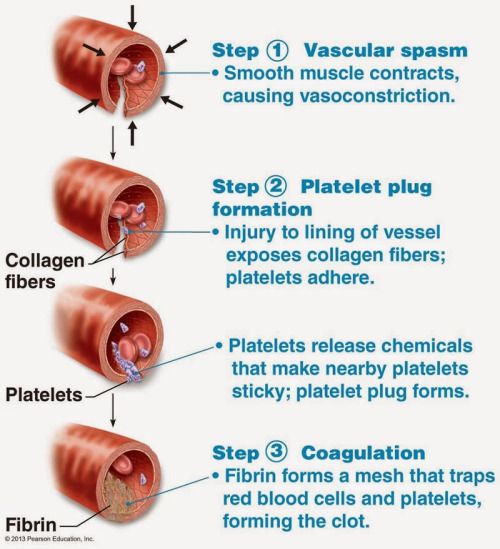I recently came across a test in my chemistry book which says that potash alum, $\ce{K_2SO_4.Al_2(SO_4)_3.24H_2O}$ is used on cuts and bruises, because it coagulates the blood quickly. The explanation it gave, was that blood is a colloid of proteins in water and the $\ce{K^+}$, $\ce{Al^{3+}}$ and the $\ce{SO_4^{2-}}$ ions coagulate(=precipitate) them, causing a blood clot (quickly). However, from biology, I know that blood coagulation(=clotting) is brought about by formation of fibrin network which traps the WBC and RBC in blood. The formation of fibrin from fibrinogen involves a series of reactions with many factors like $\ce{Ca^{2+}}$ , but not $\ce{K^+}$ or $\ce{Al^{3+}}$.
So, I was wondering what the actual explanation might be.
- Do people actually use alum to stop bleeding, or only as a disinfectant? Does alum have any disinfectant effects?
- Does precipitation of proteins in blood help clotting?
- Does alum contribute in any way to the process of blood clotting?
Note: This is a question involving both chemistry and biology, but I posted the question here as I thought that this is more of biology than chemistry.

